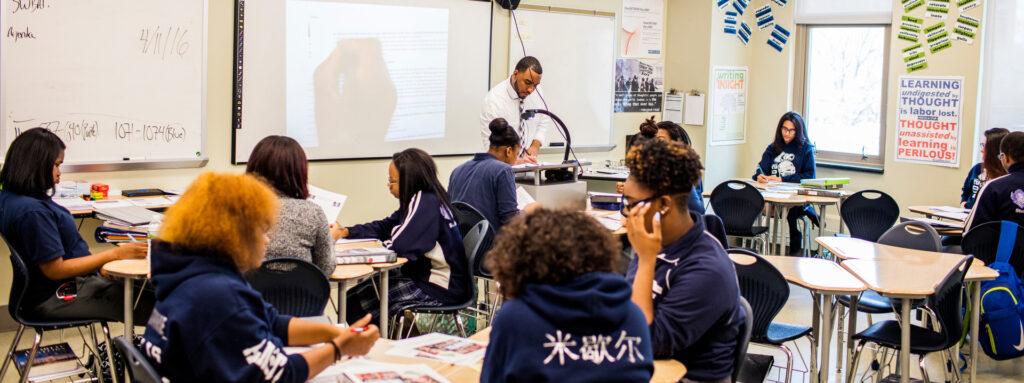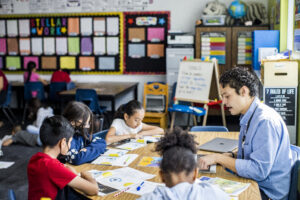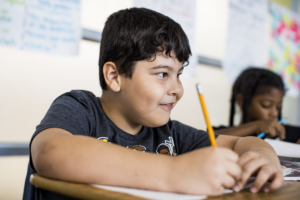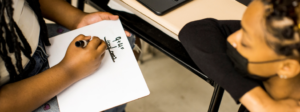As we celebrate the one year anniversary of Room to Run, holding kids to high academic standards—while also preparing them for the challenges they’ll face in college and beyond—remains as important as ever. Today we revisit Shatavia Knight and the other students in Art Worrell’s class at North Star College Preparatory High School in Newark, as they learn about our country’s history of social progress—and the relevance of that history today.
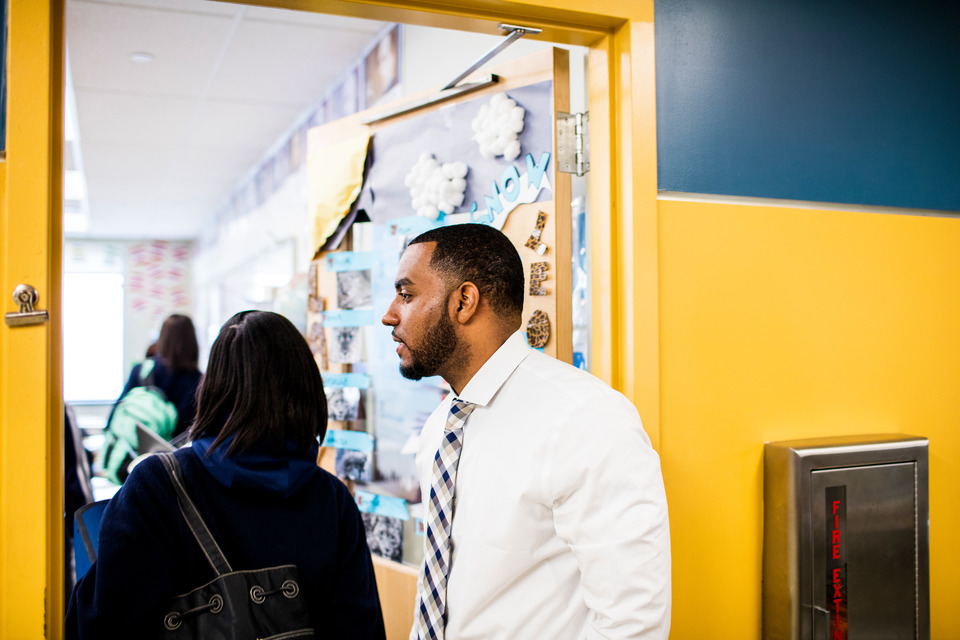
If you close your eyes in Art Worrell’s classroom and listen to his students discuss history, you’d never know you were in a high school classroom.
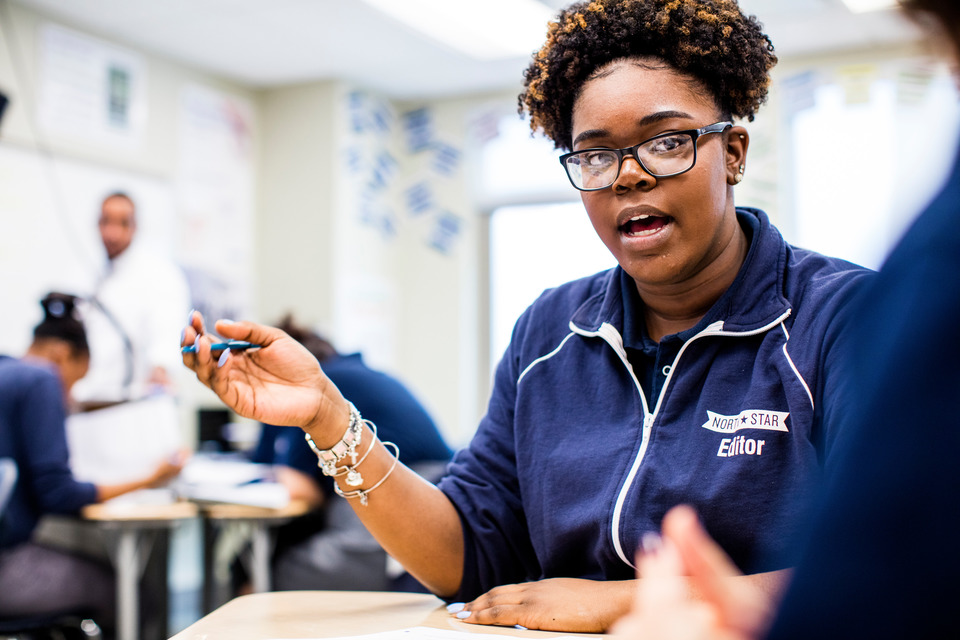
For Shatavia Knight, Mr. Worrell’s AP U.S. History class is about more than just being ready for college. For her, understanding history is about understanding the world she lives in—and preparing her to change that world.<br><br> “A lot of the things we talk about within this current time period happened as a result of history,” says Shatavia, 18. “We already know about racism, so now we need to know about the Civil Rights Movement, the Black Panthers. When you know history, you know why things are the way they are today.”
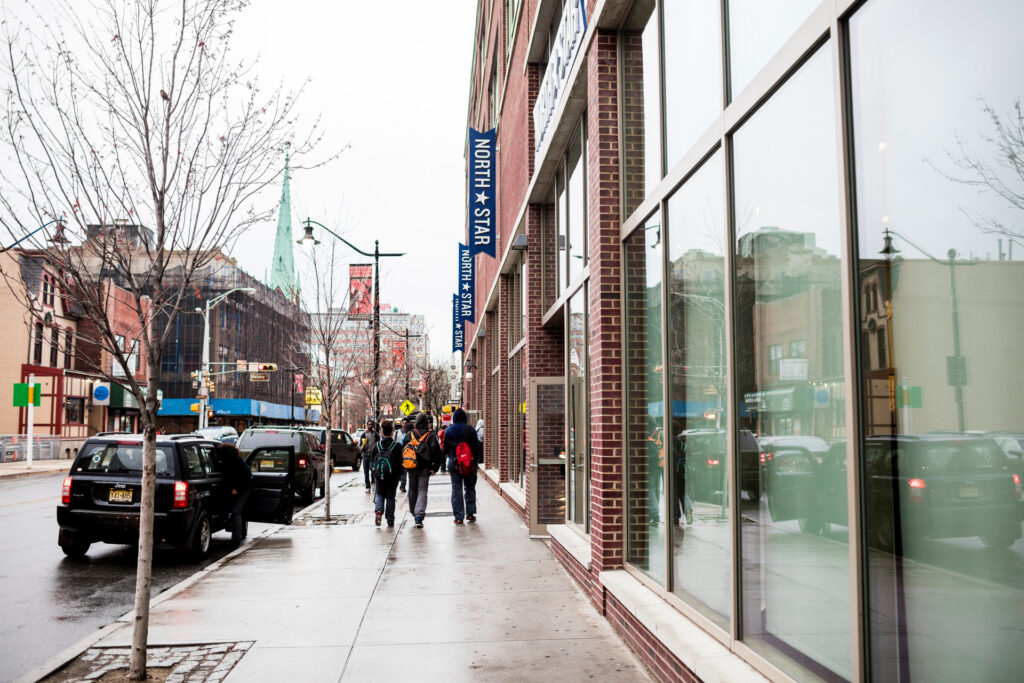
North Star is part of the Uncommon Schools network, which operates public charter schools serving 12,000 students in New York, New Jersey, and Massachusetts. At North Star, 98 percent of students are African American and Latino, and 84 percent qualify for free and reduced price lunch.<br><br>In a city where more than one in four African American and Latino students doesn’t receive a high school diploma in four years, a vast majority of North Star students are graduating on time (90 percent of them), and their graduates have a 100 percent college acceptance rate.
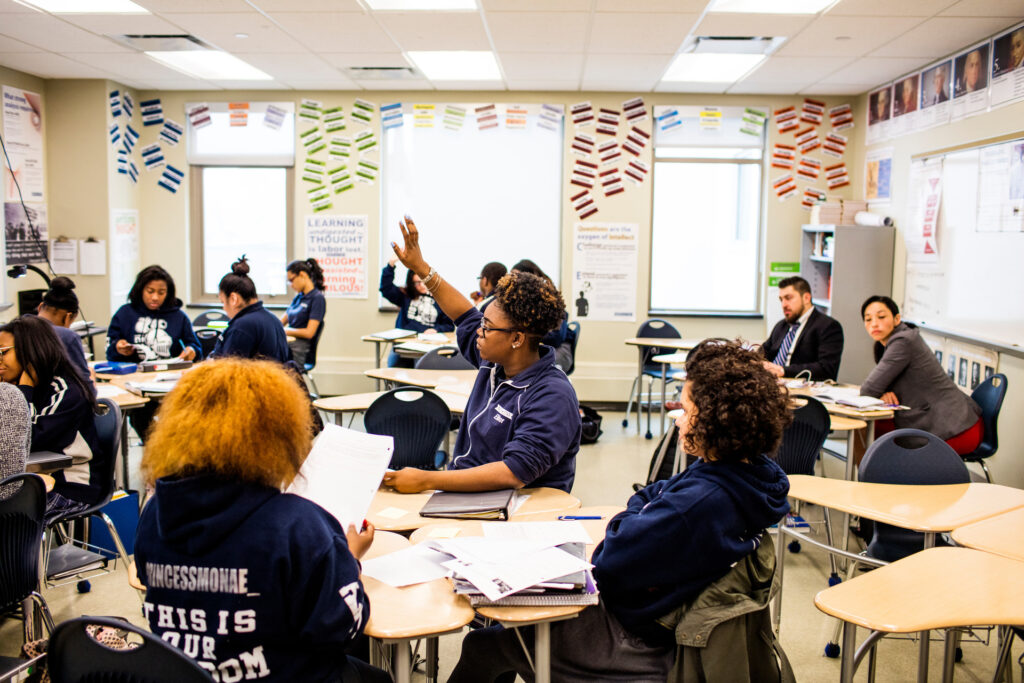
Today, Mr.Worrell’s class is starting a new unit on Nixon’s domestic policies in the 1970s. They begin by generating questions they want to answer in this unit.<br><br>“I want to know how Nixon’s Watergate scandal and almost impeachment affects America and American pride,” says Shatavia.
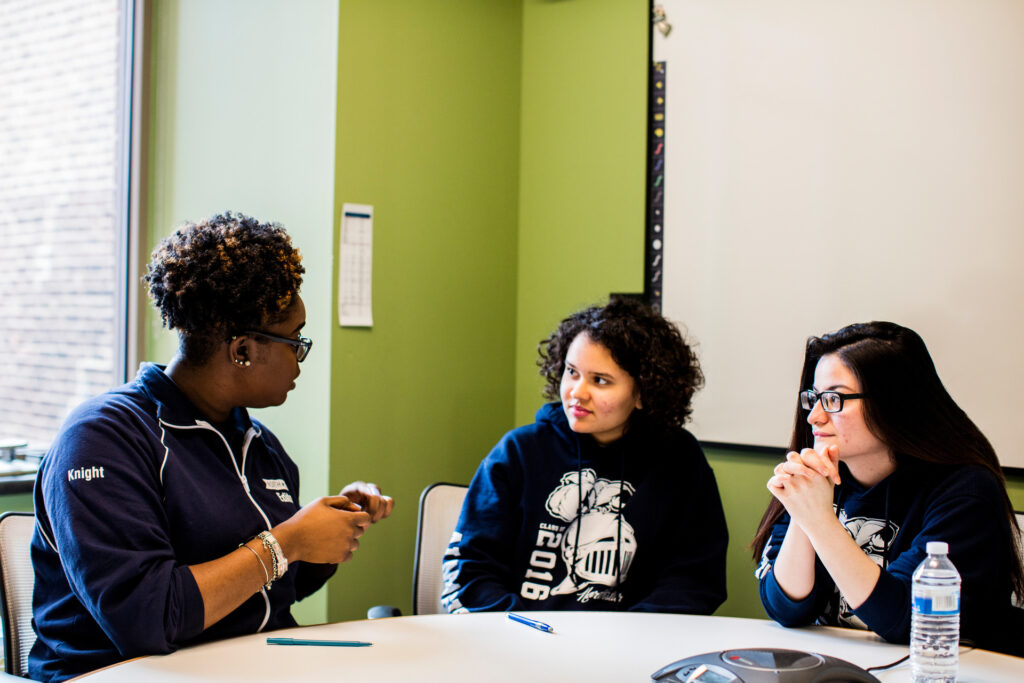
As they kick around a few more questions—on progress with women’s rights, Nixon’s War on Poverty, and Gerald Ford’s legacy—they constantly draw on knowledge of other important moments in history, as well as content from their debate and English courses.
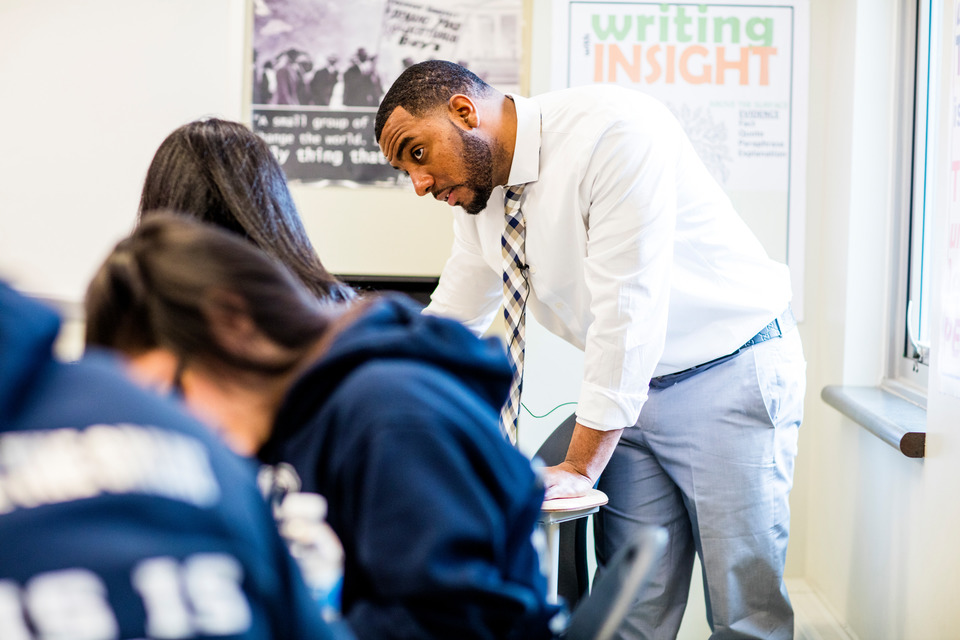
For Art, the AP exam and the Common Core standards for literacy in history and social studies have helped him define how he can best prepare students for college.<br><br>“Our students can walk into a college classroom and not just exist, but almost drive a survey course in history,” says Mr. Worrell.
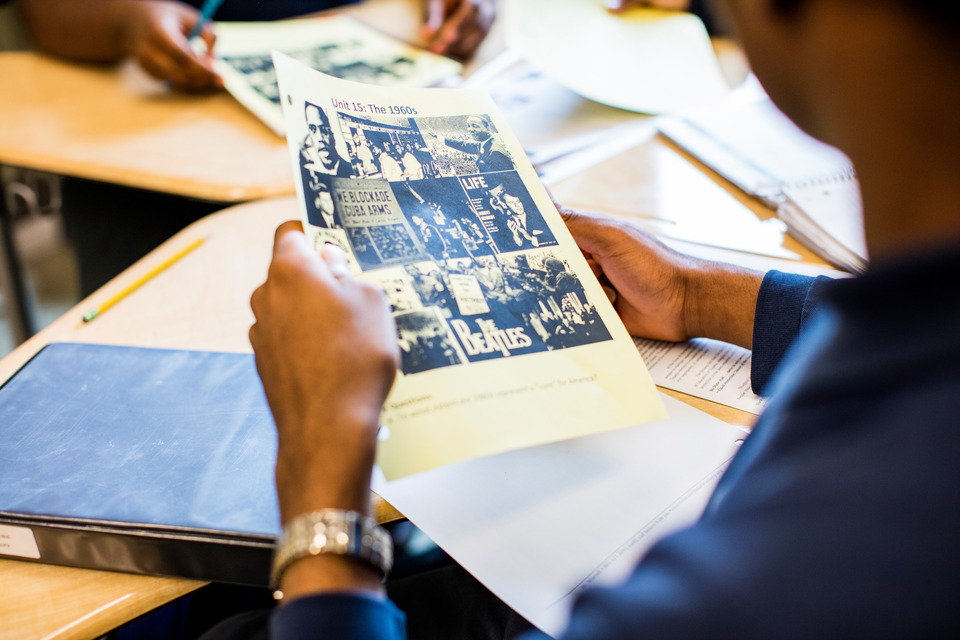
Twelve years into his teaching career, the question of how to prepare students to be critical thinkers is still the one that drives Art Worrell every day. To do that, Mr. Worrell spends the bulk of his class time putting texts—key primary and secondary sources for the time period, not arbitrary textbook passages—in front of his students, and asking them to investigate questions.<br><br>“It’s about giving them the tools to become socially aware, to have a certain level of consciousness about themselves, their own identity, this country, its history, the way it is, and what it could be,” he says.
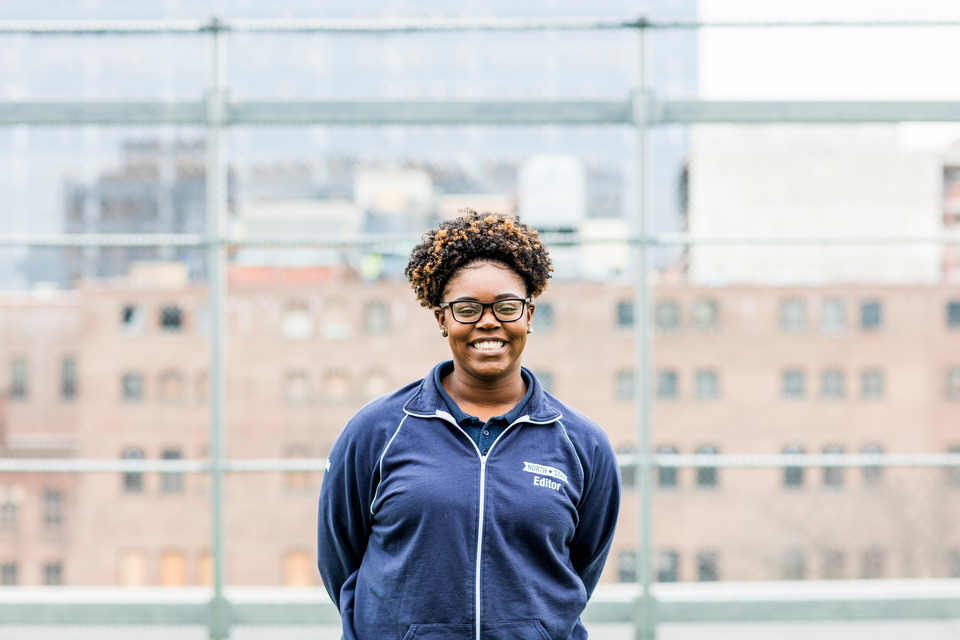
As far as Shatavia is concerned, she is now prepared to make her own history.<br><br>"I really don’t feel like anything’s too hard for me,” she says. “The experience I’ve had of being pushed constantly, of being asked to dig deep, or being asked to learn seemingly impossible things—those things have made me realize that I can do just about anything I put my mind to.”
